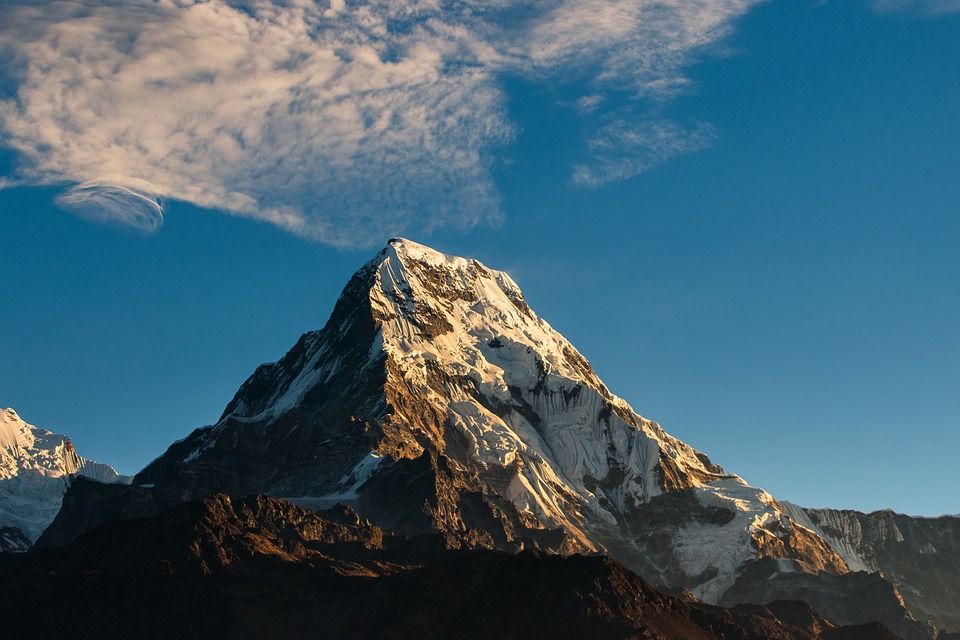A third of Himalayan glaciers will melt by 2100
A new study has found that a 2 degree temperature rise could melt half of glaciers in the Hindu Kush Himalayan region.

A new study has found that a 2 degree temperature rise could melt half of glaciers in the Hindu Kush Himalayan region.
The new study, styled after the IPCC report, is the first and most authoritative study of its kind. Developed over five years, it includes insight by more than 350 researches into the regions distinct environment, people and wildlife.
The report finds that even the most ambitious 1.5 degree Paris target will result in a 2.1 temperature spike and the melting of one third of the regions glaciers, a critical water source to some 250 million mountain dwellers and the 1.65 billion others living in the valleys below.
The report warns that if global climate efforts fail then it would result in a loss of two thirds of the region’s glaciers by 2100.
The HKH region covers over 3,500 kilometres and nestled in its record-breaking peaks, glaciers feed 10 of the world’s most important river systems, including the Ganges, Indus and Mekong. Additionally, the region contains four of the world’s biodiversity hotspots.
Despite the glaciers being formed over 70 million years ago they are surprisingly vulnerable to climate change. Since the 1970s, when global warming first set in, these ice mases have steadily thinned and retreated.
Philippus Wester of the International Centre for Integrated Mountain Development (ICIMOD), who led the report, said: “This is the climate crisis you haven’t heard of. Global warming is on track to transform the frigid, glacier-covered mountain peaks of the HKH cutting across eight countries to bare rocks in a little less than a century.”
When the glaciers melt, they flow into rivers and lakes. Changes to the timing and magnitude of this melting leads to an increase in the number and sizes of glacier lakes, which can suddenly flood.
This can lead to a surge of glacier runoff into major rivers, which could lead to flooding and the destruction of crops. These changes will hit the regions poorest hardest.
Eklabya Sharma, deputy DG of ICIMOD, said: “There are rocky times ahead for the region: between now and 2080, the environmental economic and social conditions laid out in the report could go downhill. Because many of the disasters and sudden changes will play out across country borders, conflict among the region’s countries could easily flare up. But the future doesn’t have to be bleak if governments work together to turn the tide against melting glaciers and the myriad impacts they unleash.”
This follows a report which found that the Arctic region is experiencing its warmest century in over 115,000 years, due to strong positive feedbacks unique to Polar Regions.
Read the full report here.
